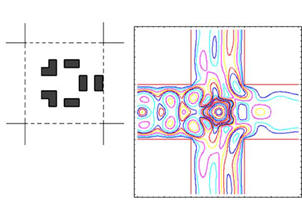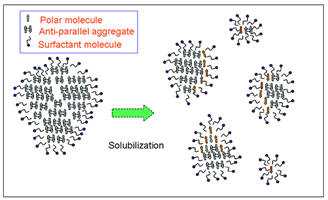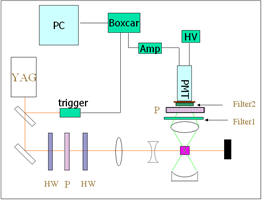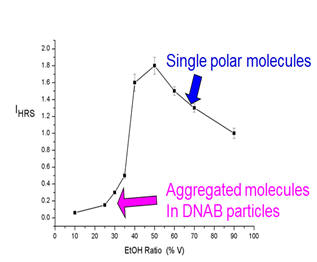
My Research Gallery
1. Dynamic Quantum Transport in Graphene Nano-ribbons

The electronic current flows through the armchair and zigzag graphene nanoribbons with different transient behaviors.
The energy structure and the self-energy of the leads determines the steady and dynamic quantum transport properties.
We use the non-Equilibrium Green's function theory and the tight-binding method in the calculations.
Reference: Hang Xie, Yanho Kwok, Yu Zhang, Feng. Jiang, Xiao Zheng, YiJing Yan and GuanHua Chen, “Time-dependent quantum transport theory and its applications to graphene nanoribbons", Physica Status Solidi B,250: 2481,(2013)
2. The quantum Interference in the Complicated Nano-structures

The electron behaves like waves in the 2D surface of hetero-structure semiconductor devices. It also deviates by the magnetic field.
We use the mode-matching method to obtain the transmission and electron distribution for the 4-terminal systems. We also use an optimization method
(genetic algorithm) to get some optimal artificial structures with a large Hall effect.
Reference: Hang Xie and Ping Sheng,"Quantum interference Hall effect in nanopatterned two-dimensional electron gas systems", Physical Review B 79, 165307, (2009).
3. The spin-orbital coupling systems with Rashba bound states

We generalize the mode-matching method to the spin system with the spin-orbital (Rashba) interaction. We also obtain the eigenmodes for the
spin-bound states in the Rashba waveguides.These bound states perfectly explains the transmission spectra of the Rashba waveguides.
Reference: Hang Xie, Feng Jiang, Wei E.I. Sha, "Numerical methods for spin-dependent transport calculations and spin bound states analysis in Rashba waveguides", Computer Physics Communications, 198, 118, (2016).
4. The molecular aggregation and micelle solubilization detected by non-linear optical scattering method



Some oil-like organic molecules tend to aggregate in the water solution. When they are radiated by the ultra-fast laser beams, the scattered double-frequency light can be detected due to their non-linear optical property. This property also greatly changes when they are in different environments or orientations. Thus we use this non-linear scattering method (HRS) to detect the in-time aggregation status in different solutions.
Surfactant molecules form the spherical aggregates in water called the 'micelles'. They can absorb the oil-like molecules on their surfaces and destroy their original aggregations. So we find the HRS signal changes when the organic molecules are 'solubilized' by these micelles.
Reference: Hang Xie, Liying Liu, Wencheng Wang, Lei Xu, "Solubilization-induced surface structural changes of sol particles observed by hyper Rayleigh scattering", Chemical Physics Letters 403,175, (2005).